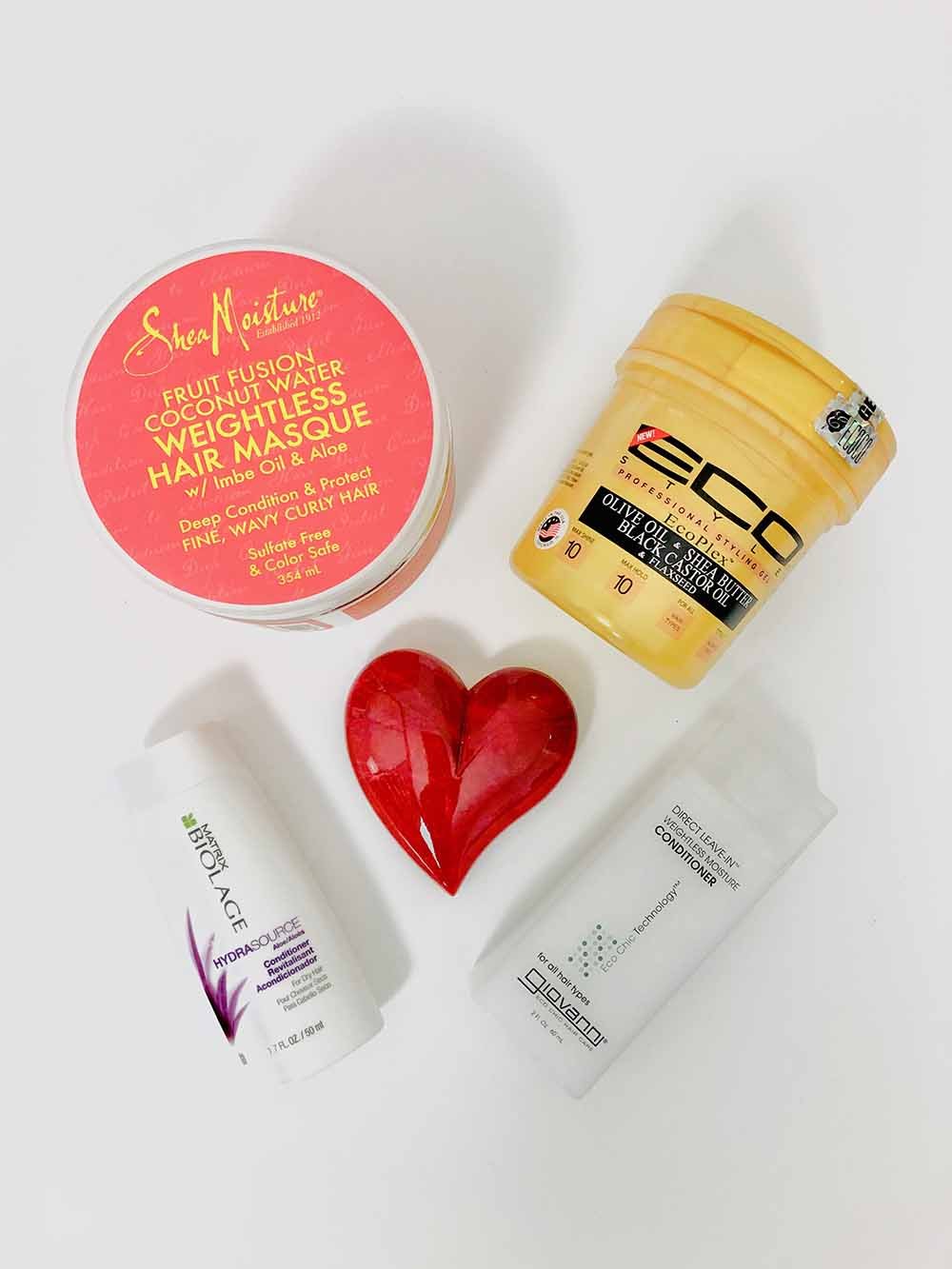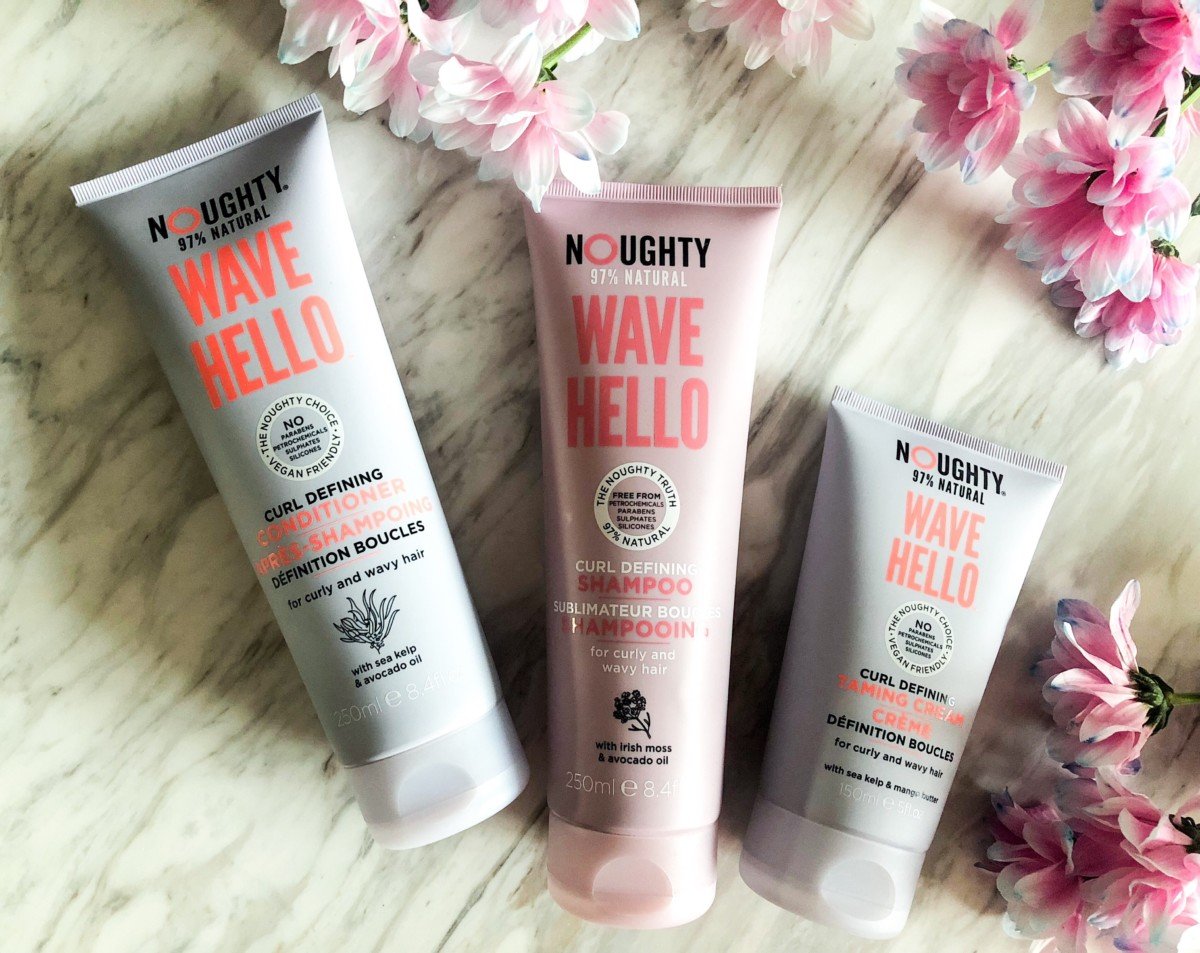How Do You Know if Hair Growth Oil Spray Is Right for Your Hair Type?
Selecting the right hair growth oil spray can feel overwhelming with so many choices tailored for different hair textures and needs. The simplest way to know if a hair growth oil spray is right for your hair type is by matching its ingredients and benefits—such as non-greasy application, scalp nourishment, and support for natural growth—to your hair’s current health and personal goals.
I could be compensated, if you click on a link in this post via a cash payment, gift or something else of value for writing this post. See our full disclosure policy and privacy policy for more details.

If your goal is to avoid unnecessary additives, a hormone‑free hair growth oil may align better with your needs. Compared to oils that include synthetic hormones or complex blends, hormone‑free options tend to be simpler and gentler on the scalp. While some products aim for fast results using aggressive ingredients, others support gradual, consistent growth without interfering with your body’s natural balance. This makes them a more suitable choice for those with sensitive skin or long-term concerns.
People with dry or thin hair might benefit from oil sprays that hydrate without weighing hair down, while those dealing with scalp sensitivity may prefer options designed for natural treatment. For example, a spray that nourishes the scalp and promotes growth without causing buildup can support thicker, healthier hair with less mess than traditional oils.
Key Takeaways
- Know your hair type before choosing an oil spray.
- Match product benefits to personal hair needs.
- Hormone-free options offer gentle, effective care.
Understanding Hair Growth Oil Sprays for Different Hair Types
Hair growth oil sprays play an important role in supporting healthy hair by addressing hydration, nourishment, and scalp health. Their effectiveness depends on both the specific ingredients in the oil and the unique characteristics of each hair type and scalp condition.
How Hair Growth Oils Interact with Various Hair Types
Hair growth oil sprays work differently depending on hair type and texture. For fine hair, lightweight oils are preferred because heavier oils can weigh strands down and make hair appear greasy. Thick or coarse hair often benefits from richer oils that deliver deep hydration, reduce frizz, and restore shine. Curly hair absorbs oil differently than straight hair and generally needs more intense moisture to maintain definition and minimise dryness.
Individuals with oily hair should focus on oils that do not clog pores or make hair look greasy, while those with dry hair require products that boost moisture and prevent split ends. Hair porosity also impacts absorption; high-porosity hair absorbs oil quickly, while low-porosity hair may need lighter formulas for effective nourishment.
Assessing Your Hair Type and Scalp Condition
Identifying your hair and scalp type is essential for selecting an effective hair growth oil spray. Key factors to consider are:
- Hair thickness: Fine hair may need lighter oils, while thick hair tolerates richer formulas.
- Scalp condition: An oily scalp will benefit from light, non-comedogenic oils; a dry or flaky scalp needs hydration and nourishment.
- Porosity: High-porosity hair absorbs oils more readily, while low-porosity hair requires lightweight options to avoid buildup.
- Hair texture: Curly, straight, coily, or wavy hair all have unique needs concerning oil absorption, moisture, and frizz control.
Monitoring hair response after applying oil can also guide adjustments. If hair feels weighed down or greasy, try using less product or switch to a lighter oil. Those with scalp sensitivities should avoid heavily fragranced or chemical-laden oils to minimize irritation.

Choosing and Using the Right Hair Growth Oil Spray
Selecting a suitable hair growth oil spray depends on unique hair needs, the application method, and any risk of allergic reactions or sensitivities. Tailoring choices and techniques to the specific condition of the scalp and hair improves results and makes the process safer.
Matching Ingredients to Your Hair Needs
Different oils and ingredients address different hair concerns, making it important to read labels carefully. Individuals with dry scalp or damaged hair may benefit from moisturizing oils like coconut oil, argan oil, and avocado oil. These help strengthen hair follicles and reduce breakage. For those experiencing thinning or hair loss, ingredients such as rosemary oil, castor oil (rich in ricinoleic acid), and peppermint oil are often selected for their support in stimulating growth. Tea tree oil and grapeseed oil are effective for those with dandruff or inflammation due to their cleansing and soothing properties.
People with sensitive scalp or color-treated hair might prefer gentle options like jojoba oil or almond oil, which are less likely to cause irritation. For additional benefits, some sprays include nutrients like vitamin E, biotin, zinc, keratin, iron, and aloe vera. These can help nourish the scalp, especially when paired with a healthy lifestyle and stress management.
Application Techniques and Best Practices
Techniques such as scalp massage and sectioning the hair can enhance absorption and overall effectiveness. The spray should be applied evenly to a clean, damp or dry scalp, concentrating on areas with thinning or baldness.
A pre-shampoo or hot oil treatment is ideal for those with very dry or damaged hair. Gently massaging the oil with fingertips boosts blood circulation and helps distribute nutrients. Leaving the oil on the scalp for at least 30 minutes before rinsing maximizes benefits. Individuals who use styling products or have oily scalps should ensure they cleanse thoroughly to avoid buildup. It is also vital to follow the recommended application frequency, which is usually two to three times a week, or as directed on the product label.
Choosing a hair growth oil
Choosing a hair growth oil spray depends on individual hair needs and how different ingredients interact with specific hair types. Performance can vary; some may notice positive effects, while others might not experience visible results. Identifying the right oil involves monitoring how hair responds over time and checking for any changes in texture, hydration, or scalp comfort. Nourishing, natural ingredients and personal preferences play a key role in finding the most suitable product.
Testing a product with a patch test and adjusting usage based on observed results helps avoid unwanted reactions. The decision comes down to matching the oil’s properties with one’s specific hair concerns and goals.






